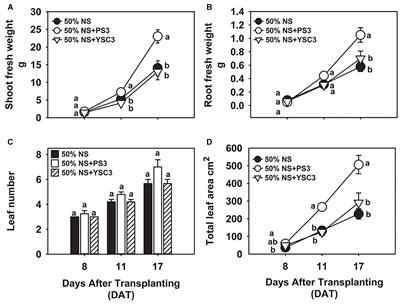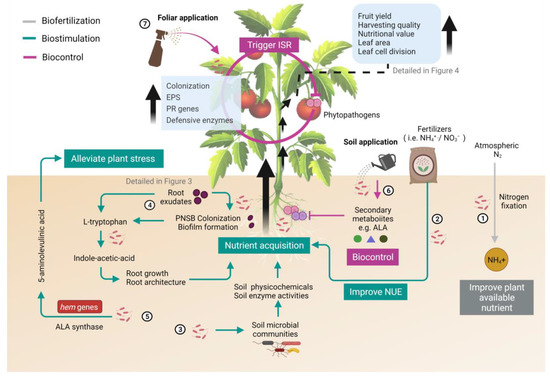Hi everybody
I would like to know if I am right or not and if it is possible to make a more focused microbe tea for growth adding a bit of molasses, humus, a little kelp, fishmeal… and endomycorrhizae, but I have read that endomycorrhizae can’t be reproduced in teas, is this true?
my idea is to try to create the maximum colonization of mycorrhizae and then in flowering start adding bacteria to protect the root mass, separating the type of fungi and bacteria in each stage, to maximize the benefits of each
I don't know if it's silly to do what I want to do…
I have also read that the endomycorrhizae that work the most are those of the glomus and azos group
I would like to know if I am right or not and if it is possible to make a more focused microbe tea for growth adding a bit of molasses, humus, a little kelp, fishmeal… and endomycorrhizae, but I have read that endomycorrhizae can’t be reproduced in teas, is this true?
my idea is to try to create the maximum colonization of mycorrhizae and then in flowering start adding bacteria to protect the root mass, separating the type of fungi and bacteria in each stage, to maximize the benefits of each
I don't know if it's silly to do what I want to do…
I have also read that the endomycorrhizae that work the most are those of the glomus and azos group



